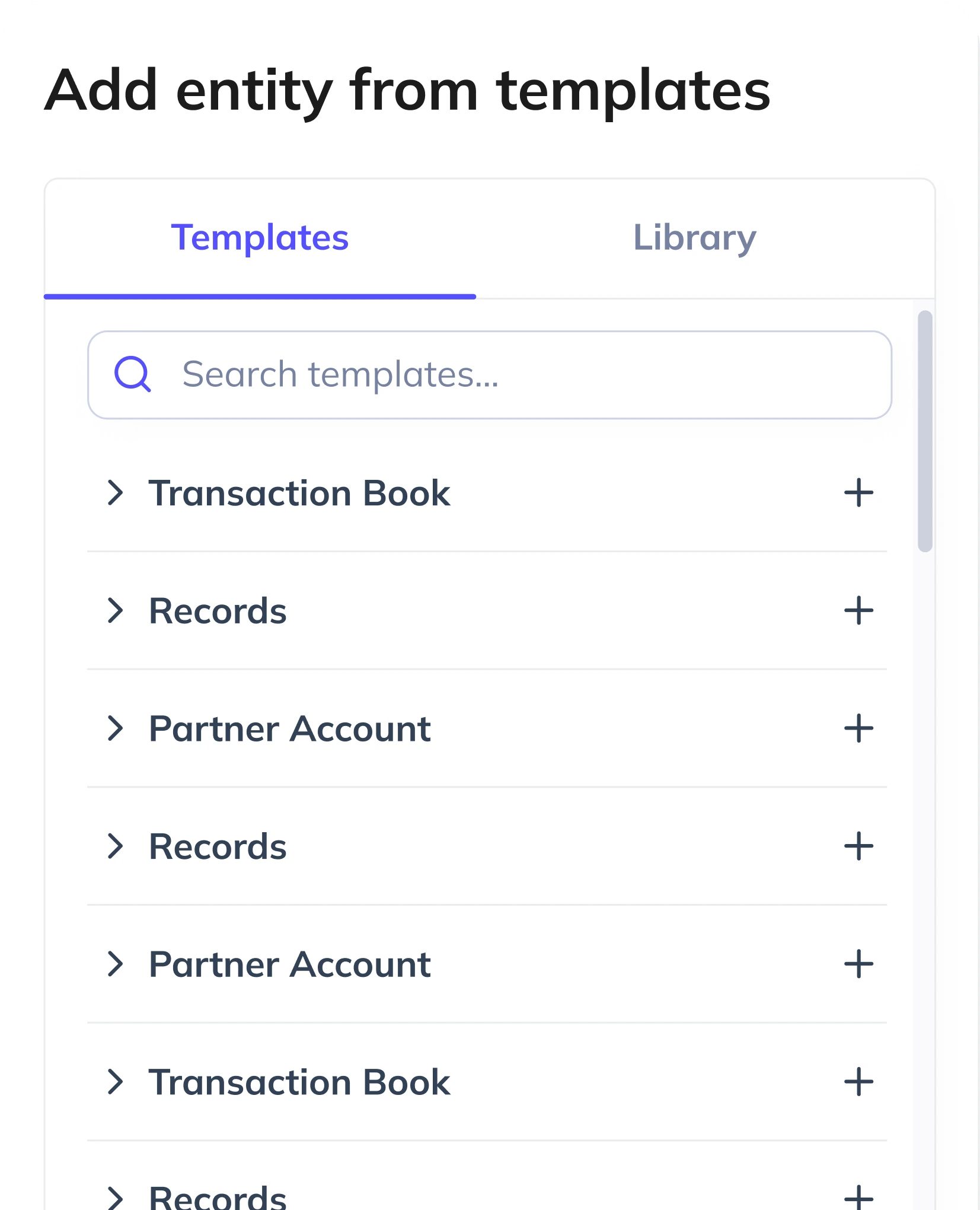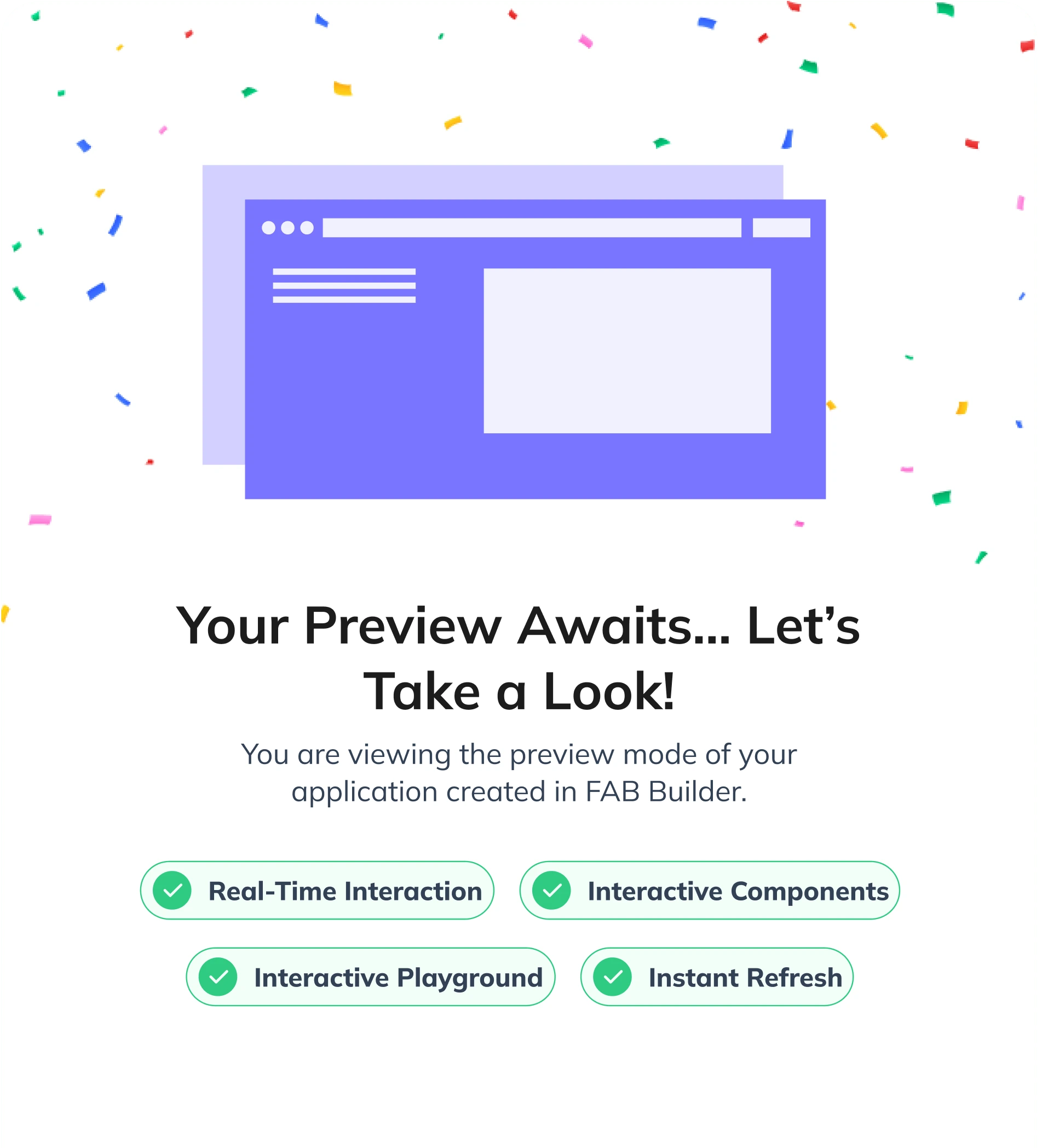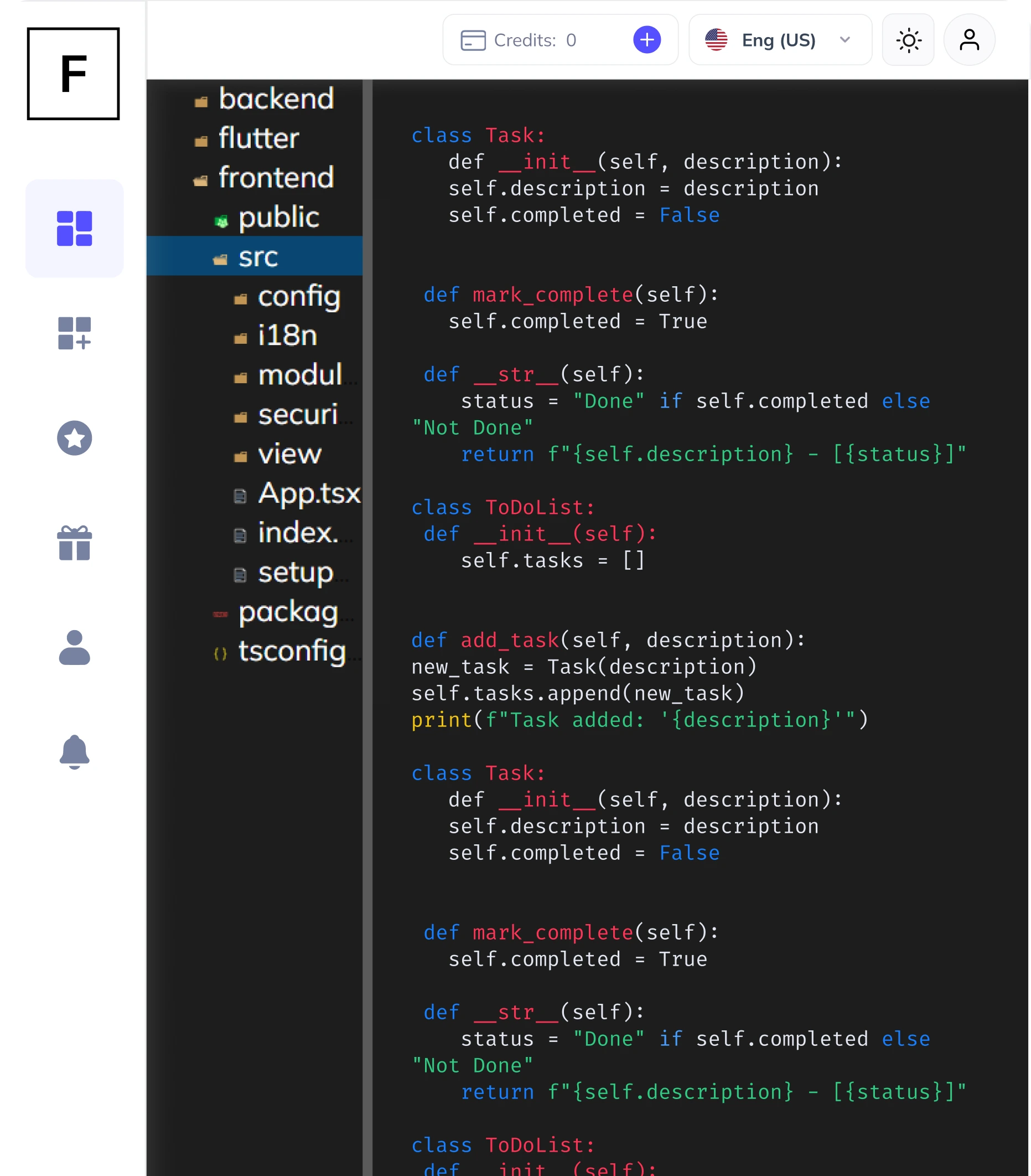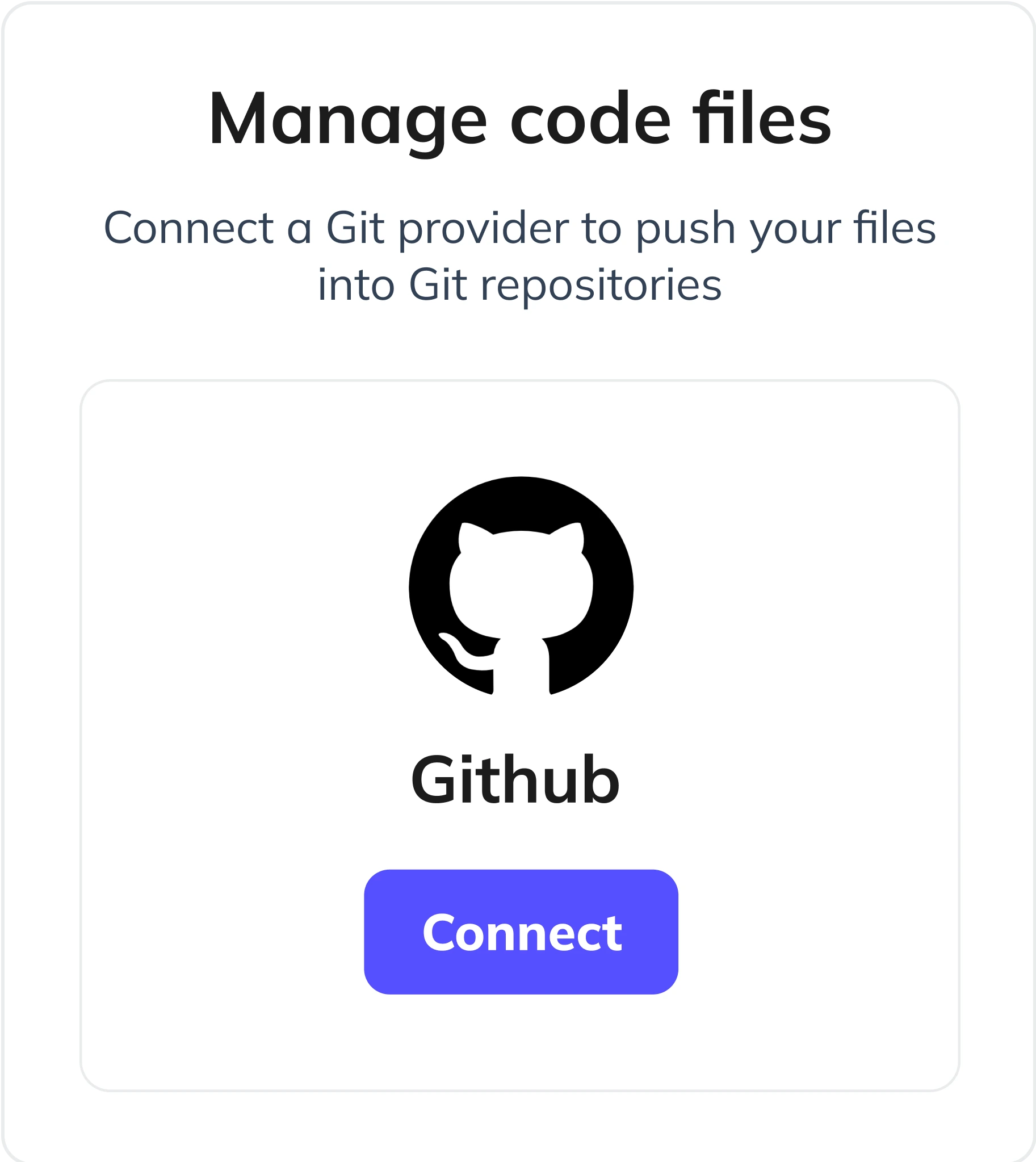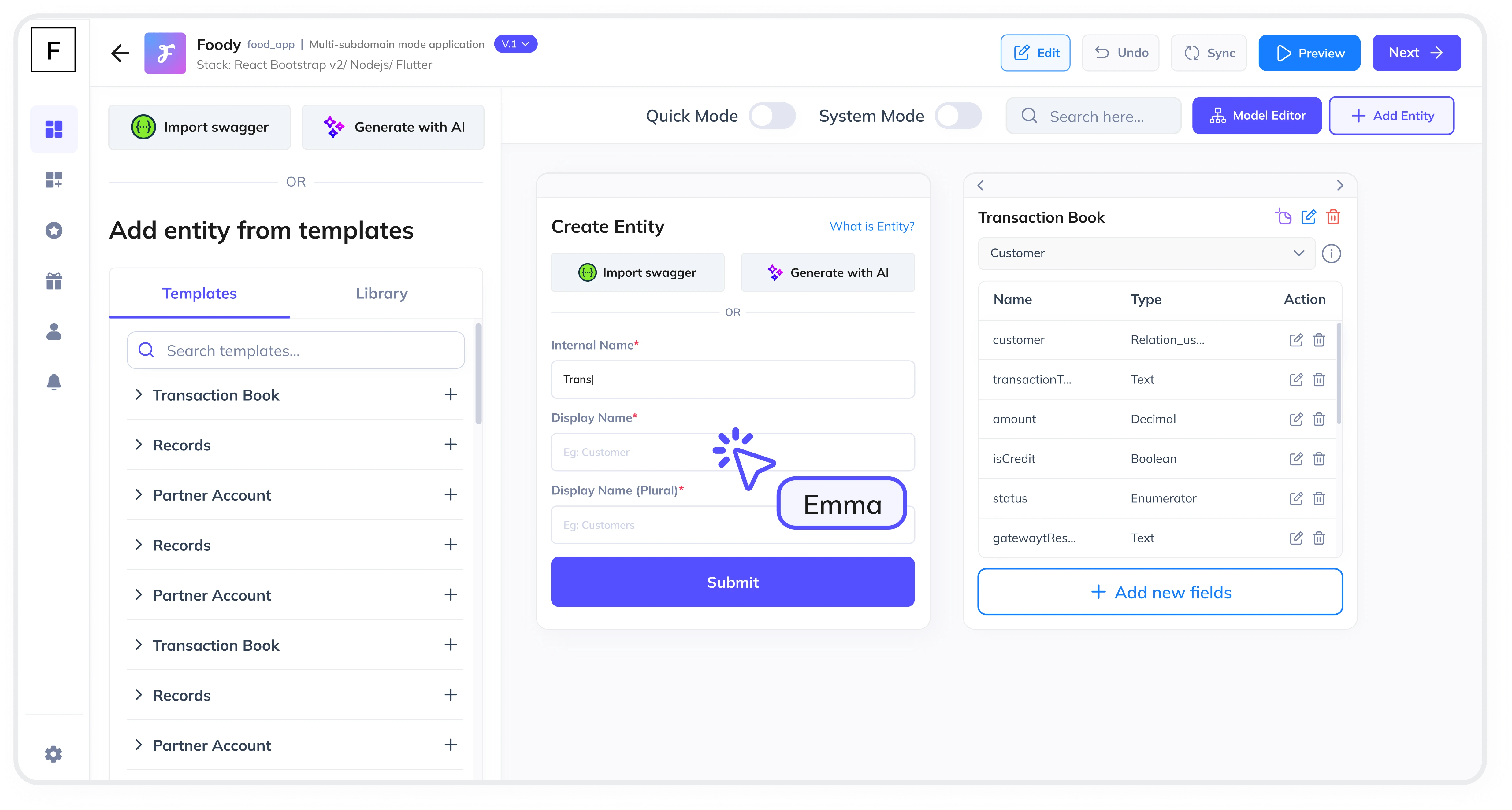Summarize and analyze this article with:
In today's regulatory environment, legal and compliance management platforms are essential for organizations to ensure adherence to laws, regulations, and internal policies. A Compliance Reporting Module is a critical component of such platforms, enabling businesses to generate compliance reports, conduct audits, and maintain transparency. In this guide, we’ll walk you through the step-by-step process of creating a Compliance Reporting Module using FAB Builder, a powerful low-code platform for full-stack application development.
Why Use a Low-Code Platform for Compliance Reporting?
Low-code platforms like FAB Builder simplify the development process by providing pre-built templates, drag-and-drop functionality, and AI-assisted tools. Here’s why you should consider using a low-code platform for your Compliance Reporting Module:
- Speed: Develop and deploy applications faster than traditional coding methods.
- Flexibility: Easily customize and adapt the module to meet specific compliance requirements.
- Cost-Effectiveness: Reduce development costs with minimal coding effort.
- Scalability: Scale your application as your business grows.
- Production-Ready Code: FAB Builder generates production-ready code that can be deployed to AWS, GCP, or Azure with a single click.
Key Features of FAB Builder for Compliance Reporting
FAB Builder offers a range of features that make it an ideal choice for building a Compliance Reporting Module:
- AI-Assisted Entity Creation: Define your application’s entities and fields using natural language descriptions.
- Bulk Data Import/Export: Automatically generate Excel templates for importing and exporting compliance data.
- Role-Based Permissions: Control access to compliance reports and audits based on user roles.
- Configurable File Storage: Choose from multiple storage options like AWS S3, Google Cloud Storage, or local file systems.
- Payment Gateway Integration: Integrate payment gateways like Stripe, RazorPay, and PayPal for subscription-based models.
- Multi-Tenant Configuration: Build SaaS applications and sell subscriptions to B2B customers.
Step-by-Step Guide to Creating a Compliance Reporting Module
Step 1: Define Your Compliance Requirements
Start by identifying the compliance regulations and reporting requirements specific to your industry. For example, GDPR for data privacy, HIPAA for healthcare, or SOX for financial reporting. Define the entities, fields, and data points needed for compliance reporting.
Step 2: Choose Your Tech Stack
Select your preferred frontend, backend, and database technologies from FAB Builder’s supported tech stacks:
- Frontend: React.js, Angular, Vue.js
- Backend: Node.js, Java, .NET
- Database: MongoDB, PostgreSQL, MySQL
Step 3: Use FAB Builder’s AI-Assisted Entity Creation
Leverage FAB Builder’s AI-assisted tools to create entities and fields based on your compliance requirements. Simply describe your application, and FAB Builder will generate the necessary data models.
Step 4: Design the Reporting Interface
Use FAB Builder’s pre-build templates for the reporting dashboard. Include features like filters, search functionality, and export options for compliance reports.
Step 5: Implement Role-Based Permissions
Configure role-based permissions to ensure that only authorized users can access sensitive compliance data. For example, auditors should have access to all reports, while employees may only view their own compliance records.
Step 6: Enable Bulk Data Import/Export
Set up bulk data import and export functionality using Excel templates. This feature is particularly useful for importing historical compliance data or exporting reports for external audits.
Step 7: Integrate Payment Gateways (Optional)
If your compliance platform operates on a subscription model, integrate payment gateways like Stripe or PayPal to collect payments from B2B customers.
Step 8: Deploy to the Cloud
Once your Compliance Reporting Module is ready, deploy it to the cloud with a single click using FAB Builder’s managed hosting services for AWS, GCP, or Azure.

Use Cases for Compliance Reporting Modules
- Financial Institutions: Generate SOX compliance reports for financial audits.
- Healthcare Providers: Maintain HIPAA compliance for patient data.
- E-Commerce Platforms: Ensure GDPR compliance for customer data.
- Manufacturing Companies: Track environmental compliance for waste management.
Benefits of Using FAB Builder
- Full Source Code Ownership: Download and customize the generated code without any restrictions.
- Multi-Layer Security: Protect compliance data with advanced security features.
- Technology Stack Flexibility: Switch between MERN, MEAN, React, Angular, or other stacks as needed.
- Scalable and Extensible: Add new features or switch storage providers as your business evolves.
Why Choose FAB Builder?
FAB Builder stands out from competitors like UI Bakery, Flatlogic, and Dhiwise with its unique combination of flexibility, scalability, and full source code ownership. Whether you’re building a Compliance Reporting Module or a full-fledged SaaS application, FAB Builder provides the tools and support you need to succeed.
With FAB Builder, you can also create multi-tenant SaaS applications, allowing you to sell subscriptions to B2B customers. This makes it an ideal platform for businesses looking to monetize their compliance management solutions.
Ready to get started?
Explore FAB Builder today and take your compliance management platform to the next level!






